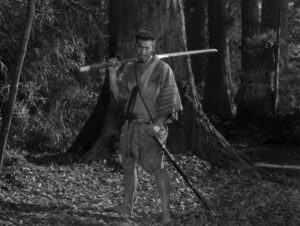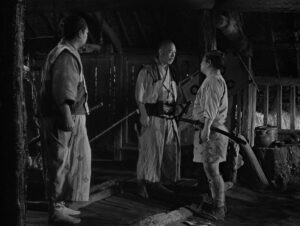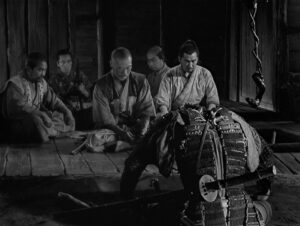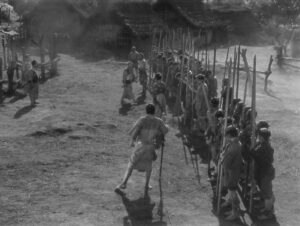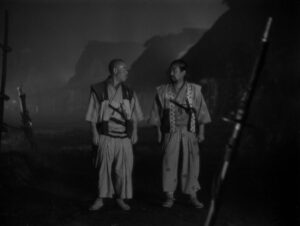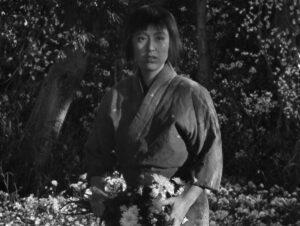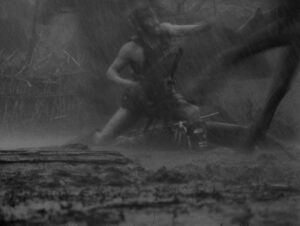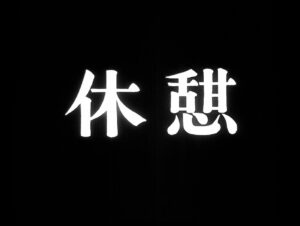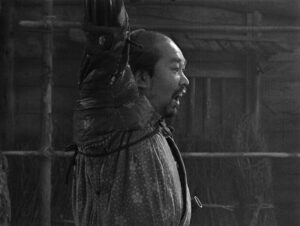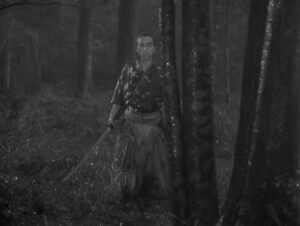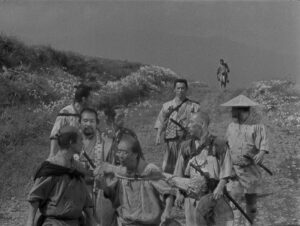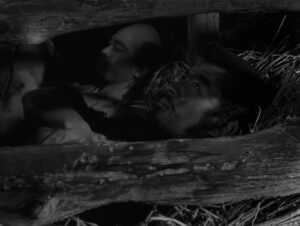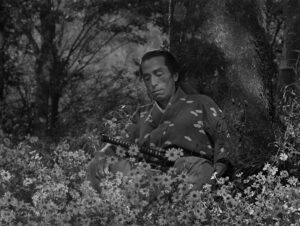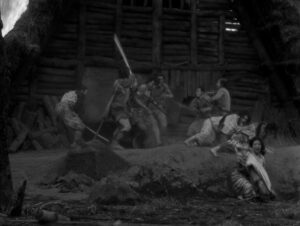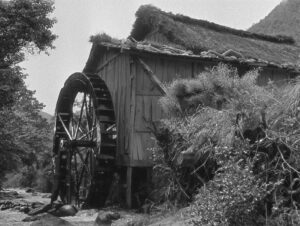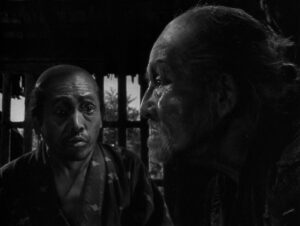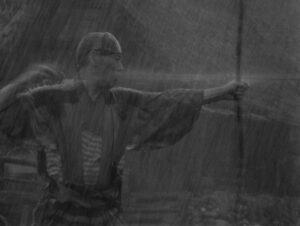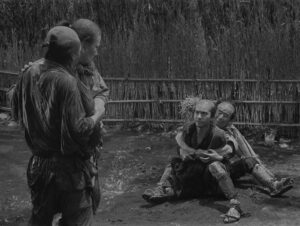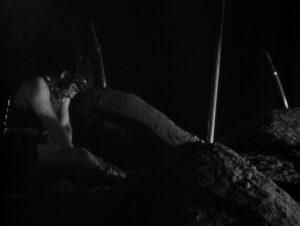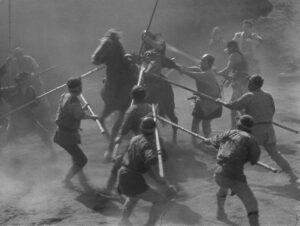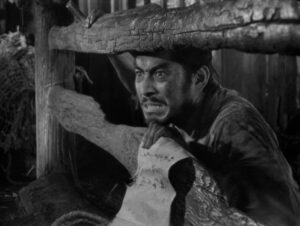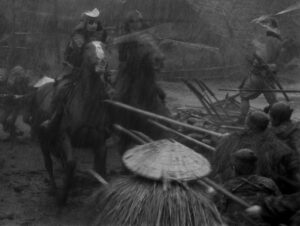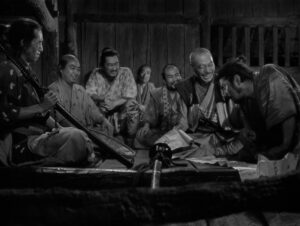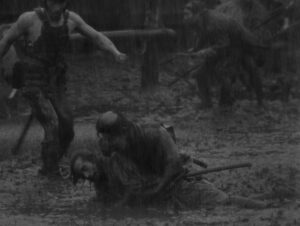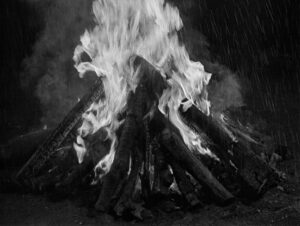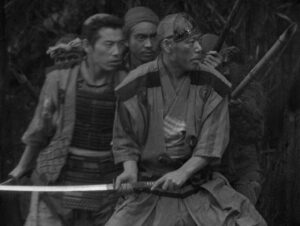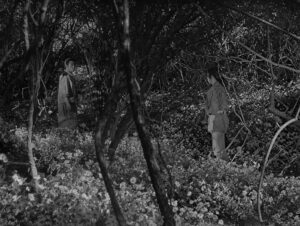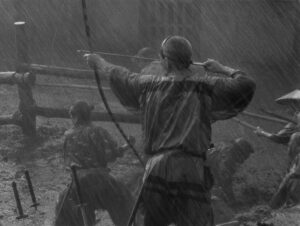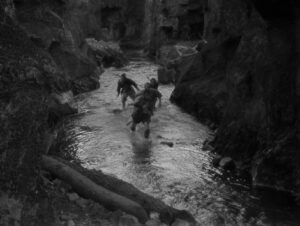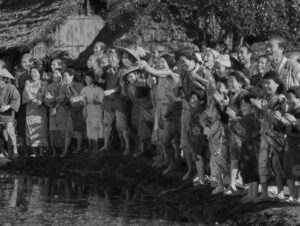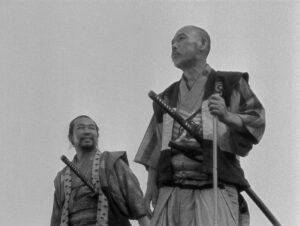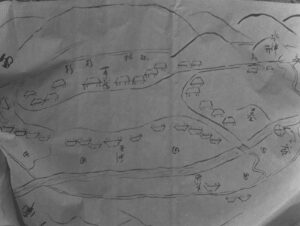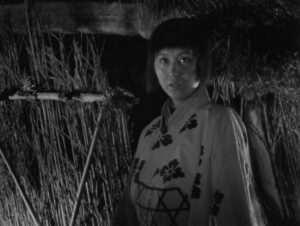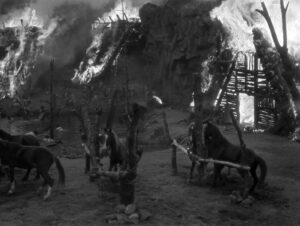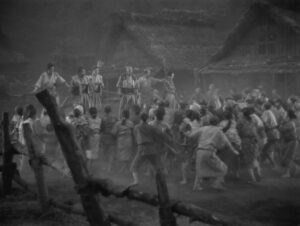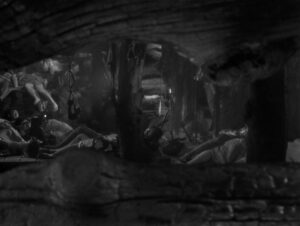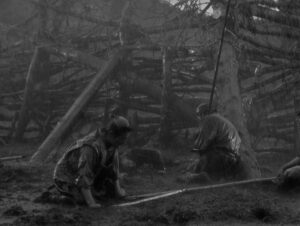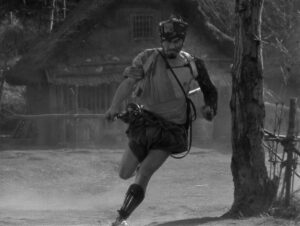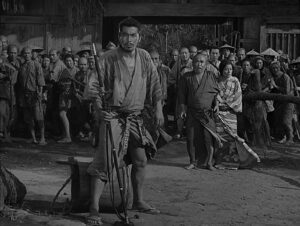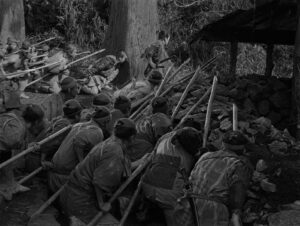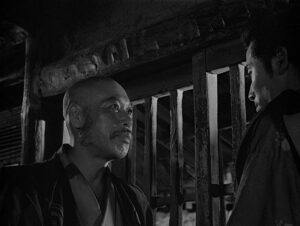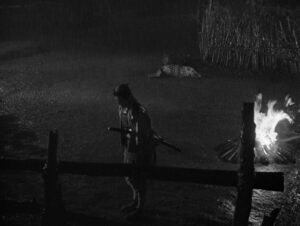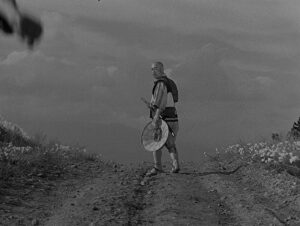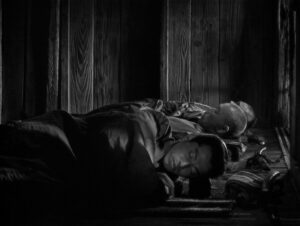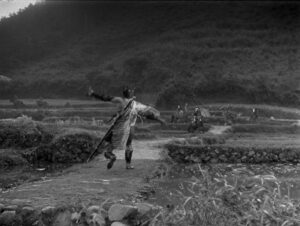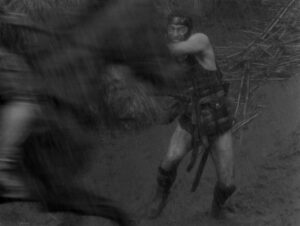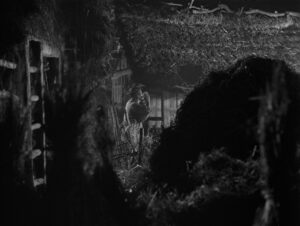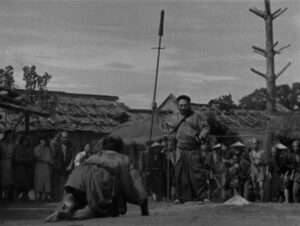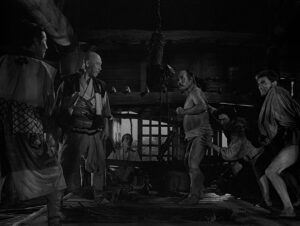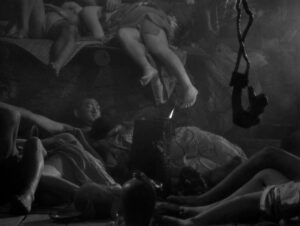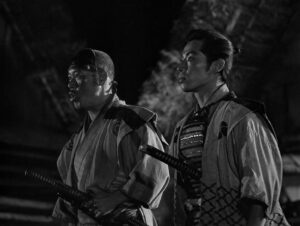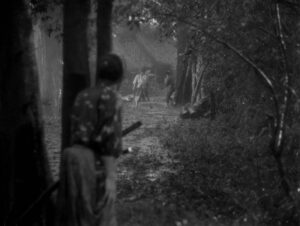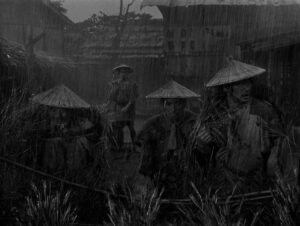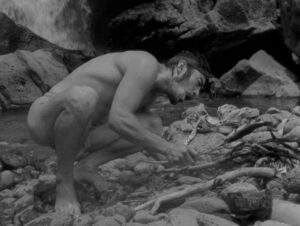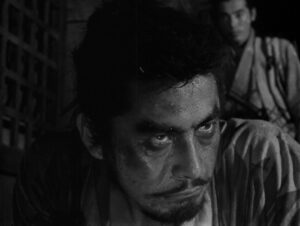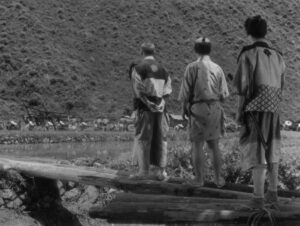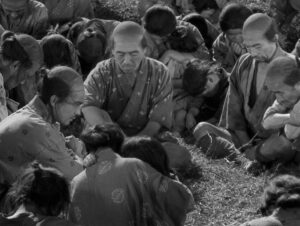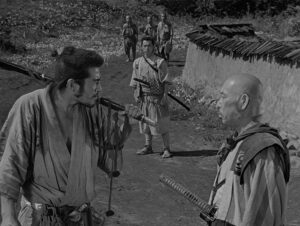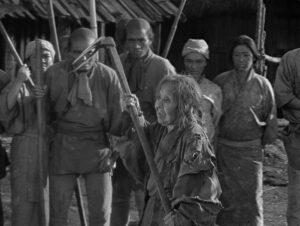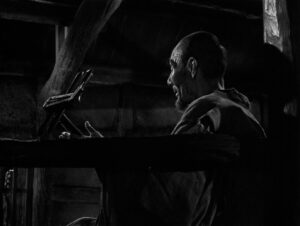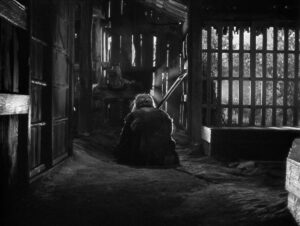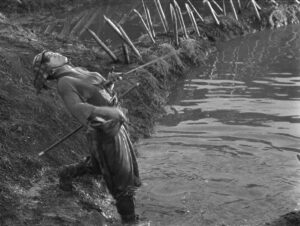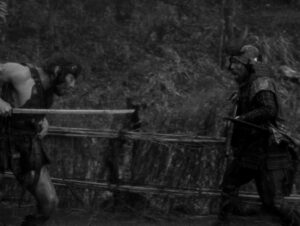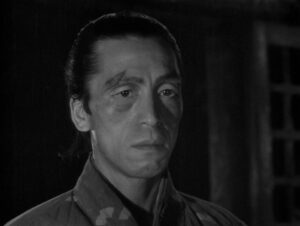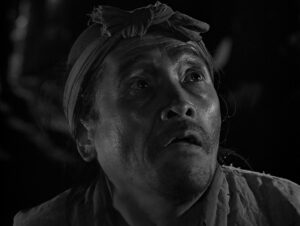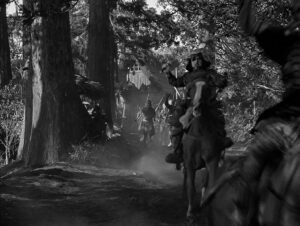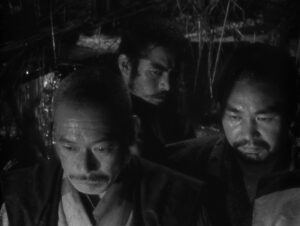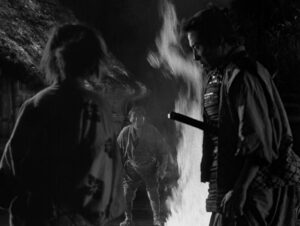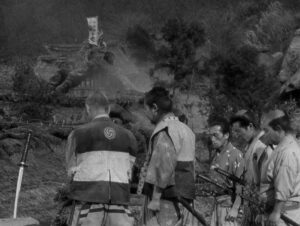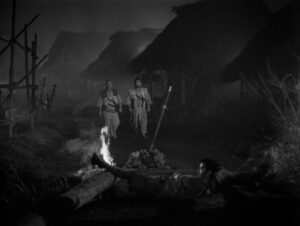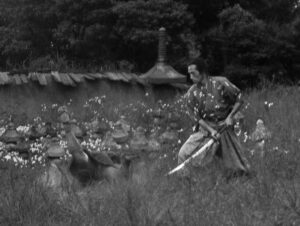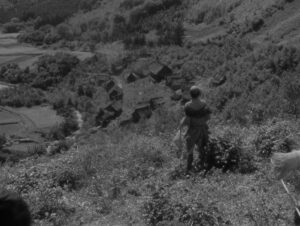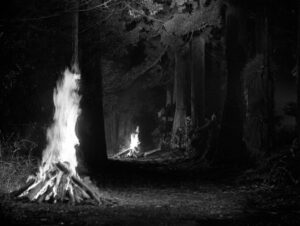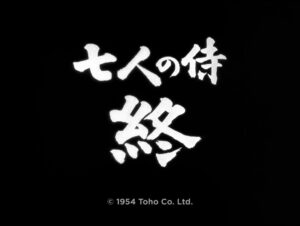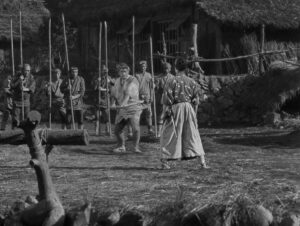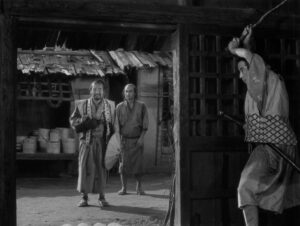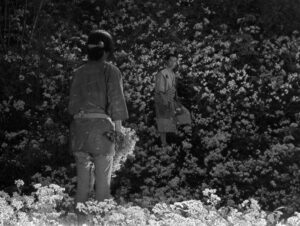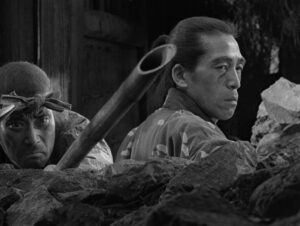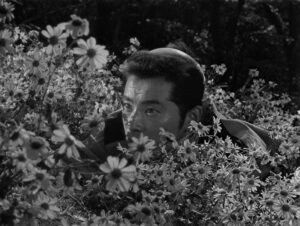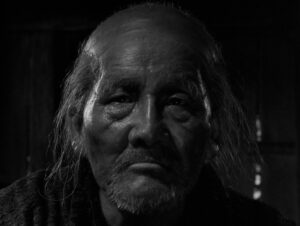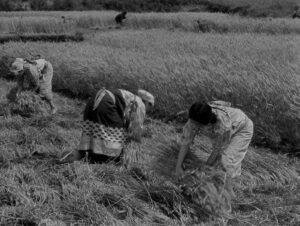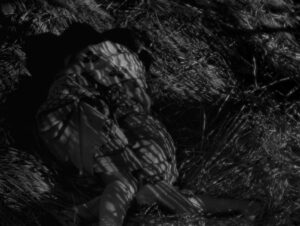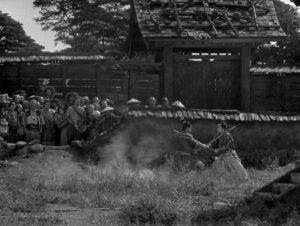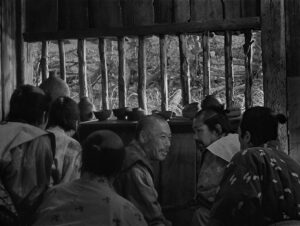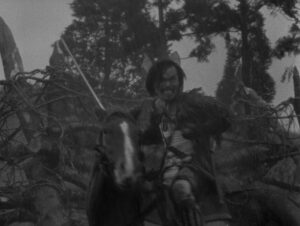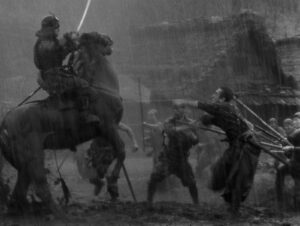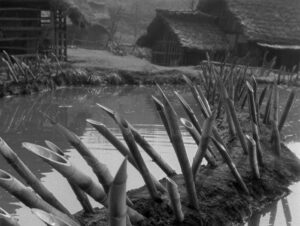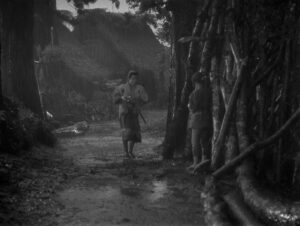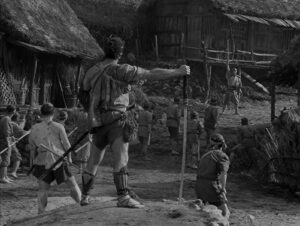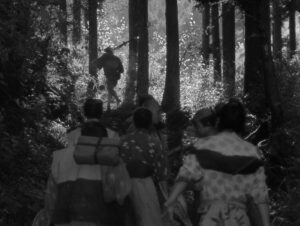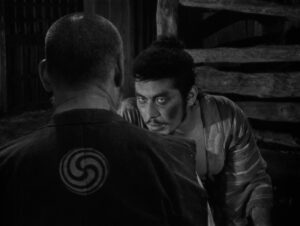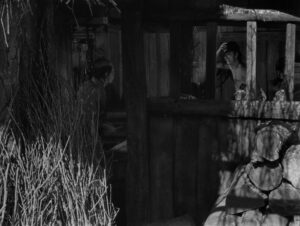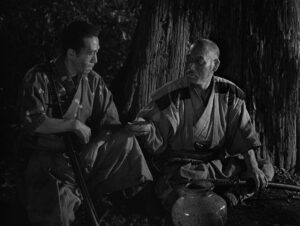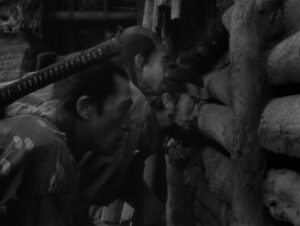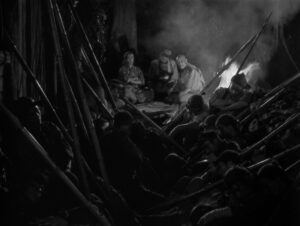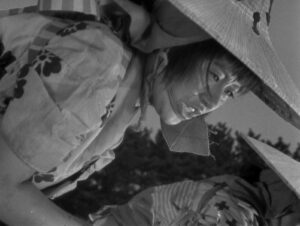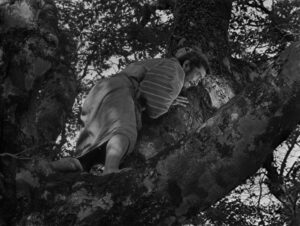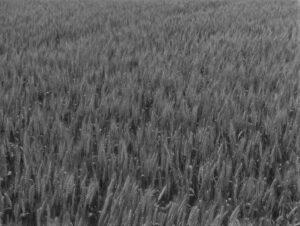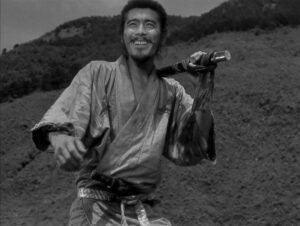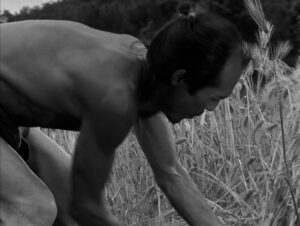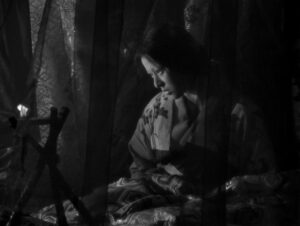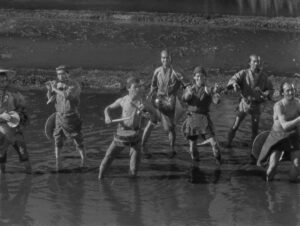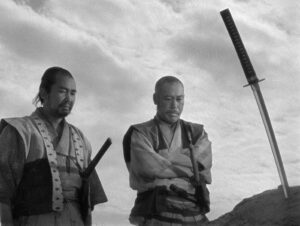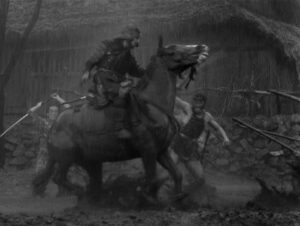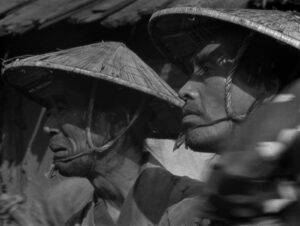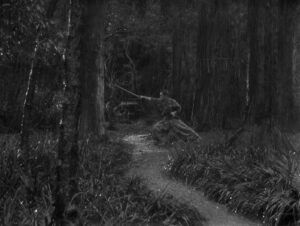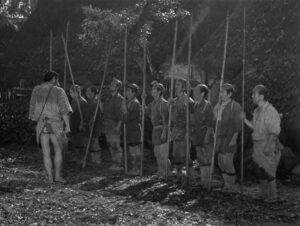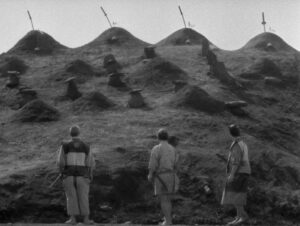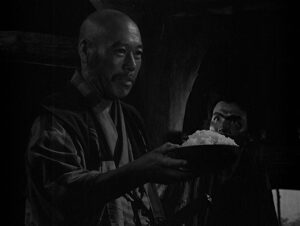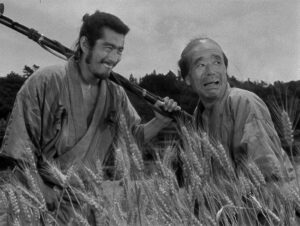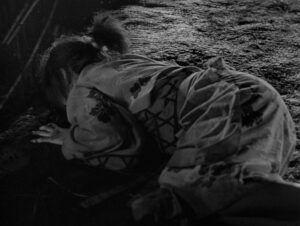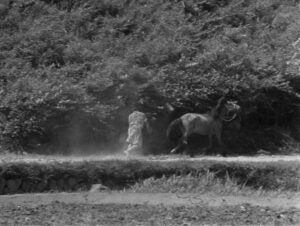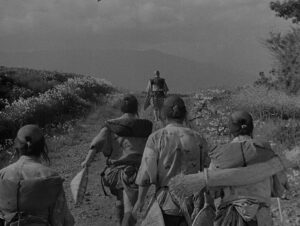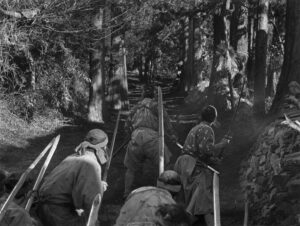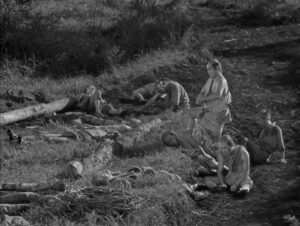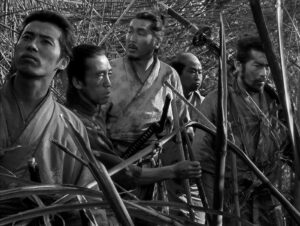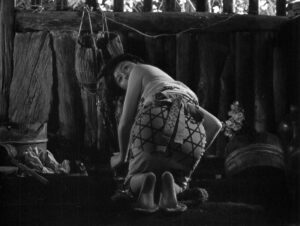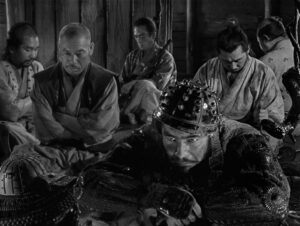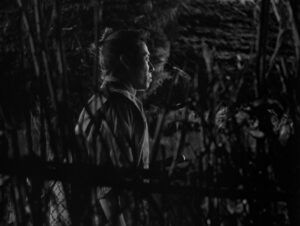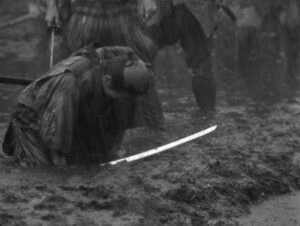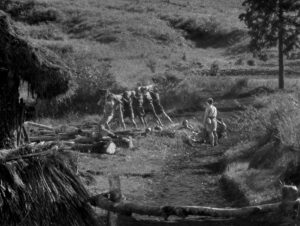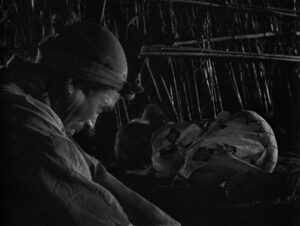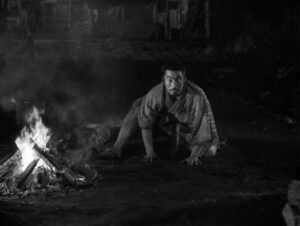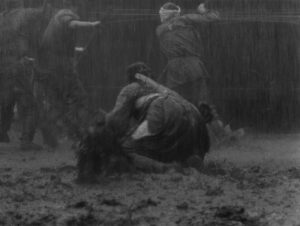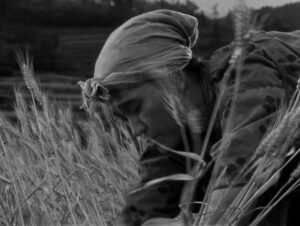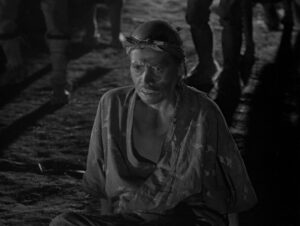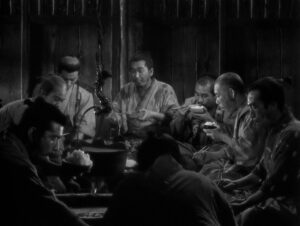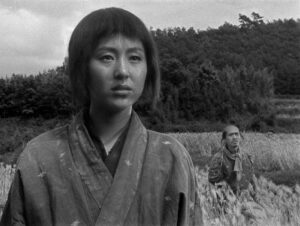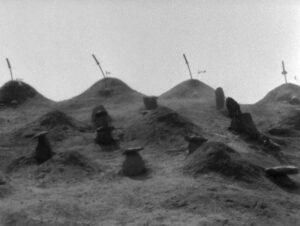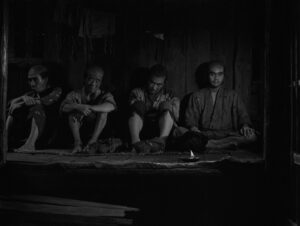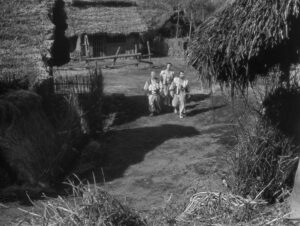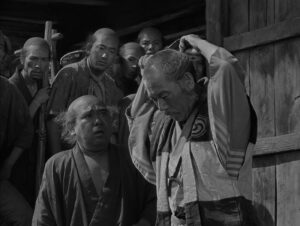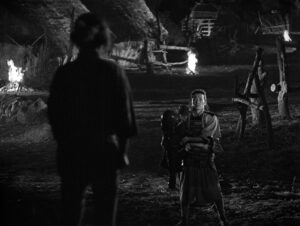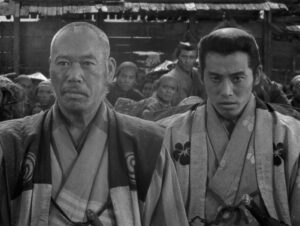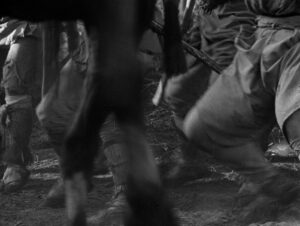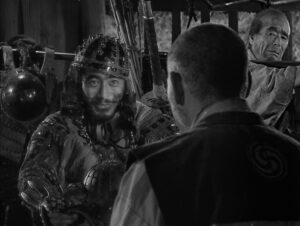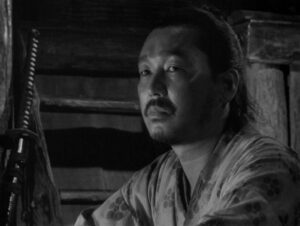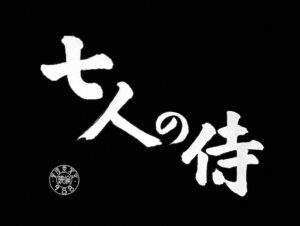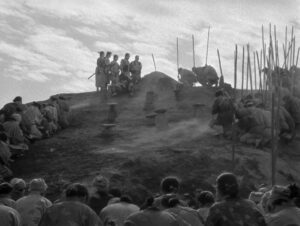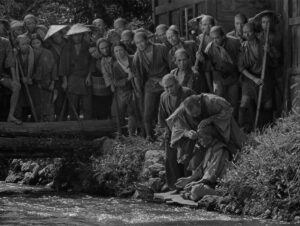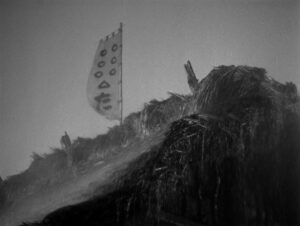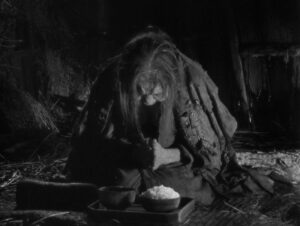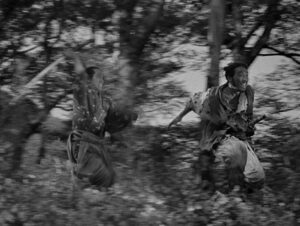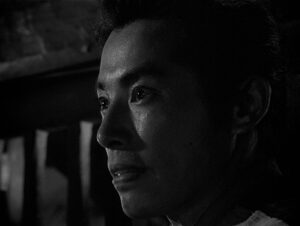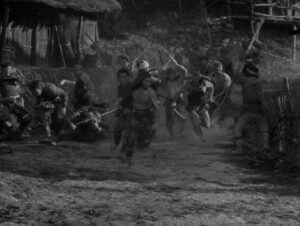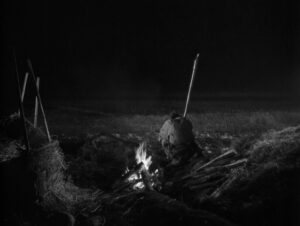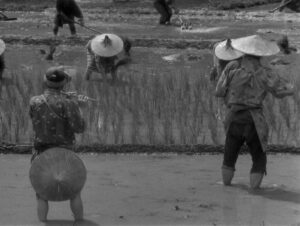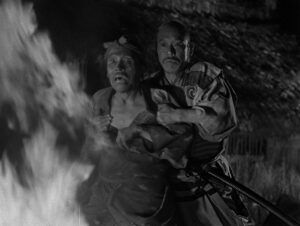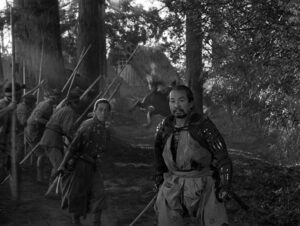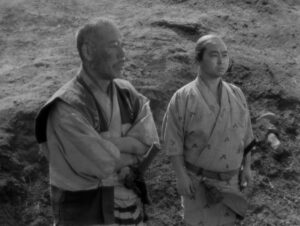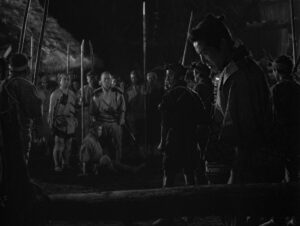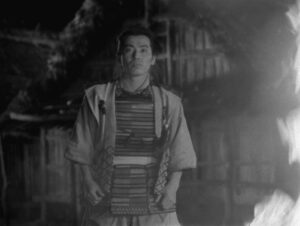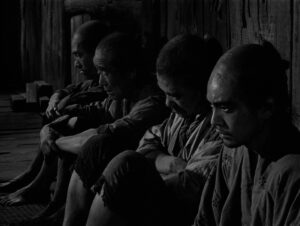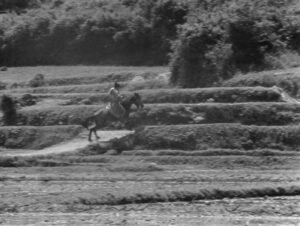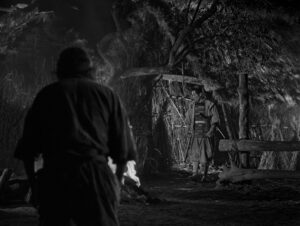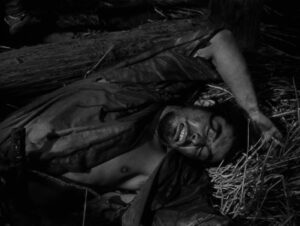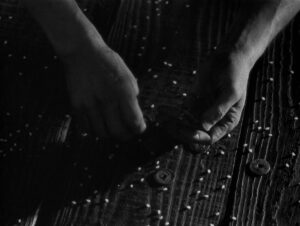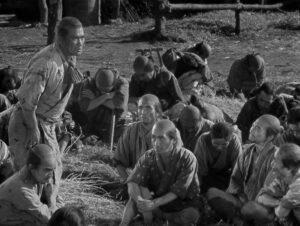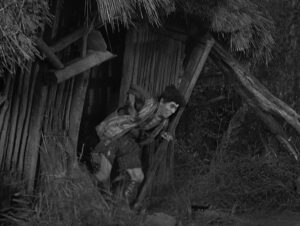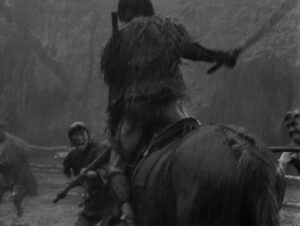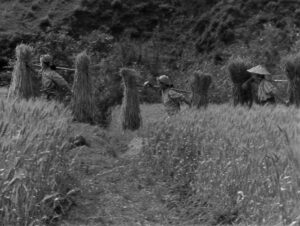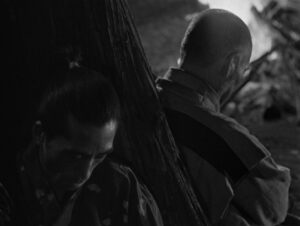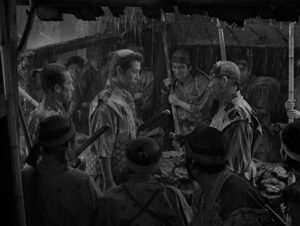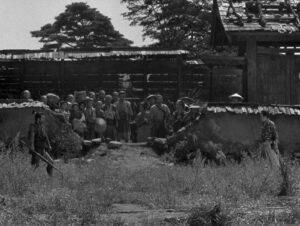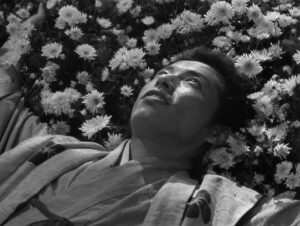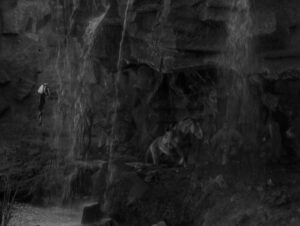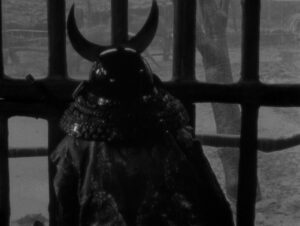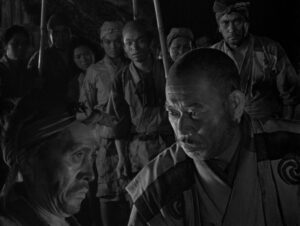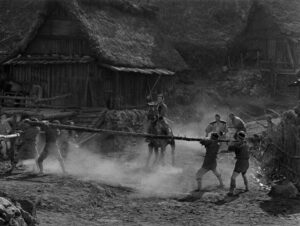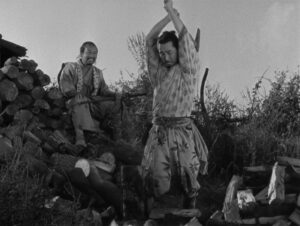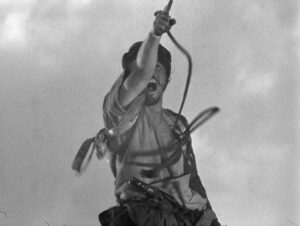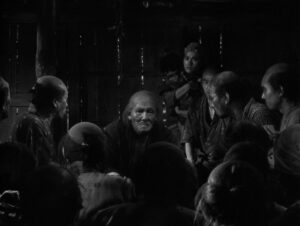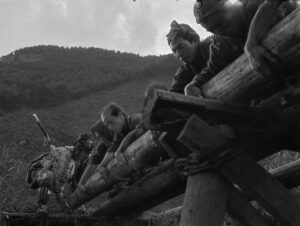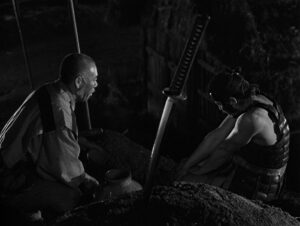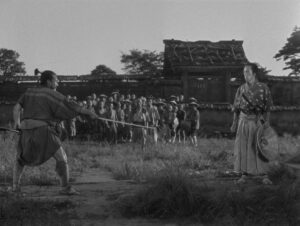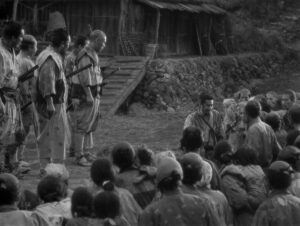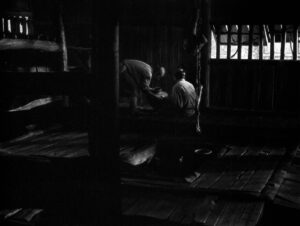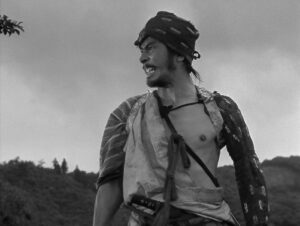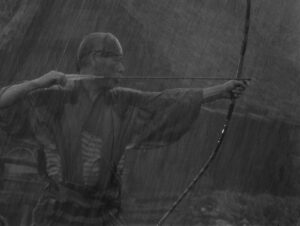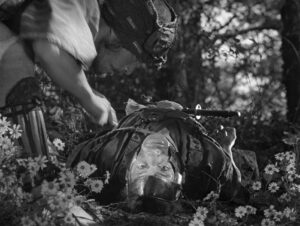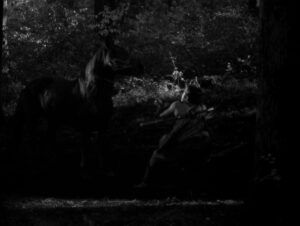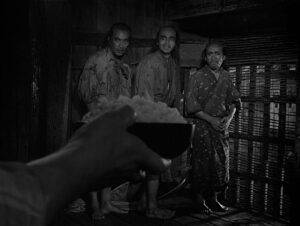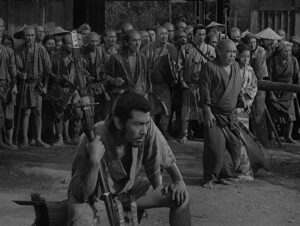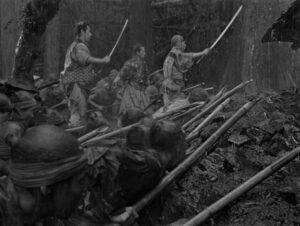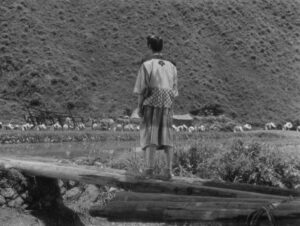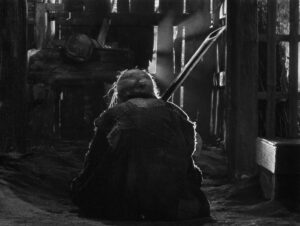Hello, my name is Salik Waquas, and I am a Film Colorist. Today, I want to delve into the mesmerizing world of Akira Kurosawa’s “Seven Samurai” and explore its groundbreaking cinematography. This 1954 classic is not only a masterpiece of storytelling but also a visual feast that has influenced countless filmmakers and cinematographers. In this article, I will share my insights and observations on the cinematographic techniques used in “Seven Samurai”.
Visual Style of “Seven Samurai”

Use of Multiple Cameras
One of the most striking aspects of “Seven Samurai” is Kurosawa’s use of multiple cameras to capture scenes from different angles simultaneously. This technique allowed him to create dynamic and immersive battle sequences that are both chaotic and coherent. By cutting between different camera angles, Kurosawa was able to maintain the energy and intensity of the action while providing the audience with a clear understanding of the spatial relationships between characters.
Composition and Framing
Kurosawa’s mastery of composition and framing is evident throughout “Seven Samurai.” He often uses wide shots to establish the setting and the relationships between characters. These wide shots are meticulously composed, with careful attention to the placement of characters and objects within the frame. This not only enhances the visual appeal of the film but also serves to convey the themes and emotions of the story. For example, in scenes where the samurai are planning their defense, Kambei is often positioned centrally and slightly elevated, symbolizing his leadership role.
Kurosawa’s strategic use of close-ups and framing allowed the audience to connect deeply with the characters. For instance, close-ups of Kambei Shimada, the leader of the samurai, often highlight his wisdom and calm demeanor. These shots emphasize his role as a mentor and strategist, contrasting with the more dynamic and chaotic close-ups of Kikuchiyo, whose expressions and movements reflect his impulsive and passionate nature.

Lighting and Shadows
The use of lighting and shadows in “Seven Samurai” is another key element of its cinematography. Kurosawa often employs high-contrast lighting to create dramatic effects and emphasize the emotional states of the characters. The interplay of light and shadow adds depth and texture to the scenes, enhancing the overall visual impact of the film. For example, the use of high-contrast lighting in scenes featuring Kyuzo, the stoic and skilled swordsman, underscores his solitary nature and focus. In contrast, scenes with Kikuchiyo often use softer lighting to highlight his more emotional and humorous side.
Techniques and Innovations
Slow Motion and Fast Cuts
Kurosawa’s innovative use of slow motion and fast cuts is particularly evident in the battle scenes. By alternating between slow-motion shots and rapid cuts, he creates a sense of urgency and tension that draws the audience into the action. This technique also allows him to highlight specific moments and actions, making them more impactful and memorable.
Camera Movement
The dynamic camera movement in “Seven Samurai” is another hallmark of Kurosawa’s cinematography. He often uses tracking shots to follow the characters as they move through the landscape, creating a sense of fluidity and continuity. These tracking shots are complemented by static shots that provide moments of calm and reflection, balancing the overall pacing of the film.
The dynamic camera movements in “Seven Samurai” also contribute to character development. Kurosawa often uses tracking shots to follow the samurai as they move through the village, showcasing their interactions with the villagers and each other. This technique helps to build a sense of camaraderie and teamwork among the samurai, as well as their growing bond with the villagers.
Editing Techniques
Kurosawa’s editing techniques are integral to the film’s visual style. He frequently uses cross-cutting to show simultaneous actions in different locations, creating a sense of interconnectedness and urgency. This technique is particularly effective in the climactic battle scenes, where the action is spread across multiple fronts.
Thematic Elements
The Human Condition
The cinematography of “Seven Samurai” is not just about visual aesthetics; it also serves to underscore the film’s themes and messages. The use of wide shots and deep focus allows Kurosawa to explore the human condition and the relationships between the characters. The visual composition often reflects the social hierarchies and power dynamics at play, adding a layer of meaning to the narrative.
The cinematography also incorporates thematic symbolism to deepen character development. The recurring use of certain visual motifs, such as the samurai’s swords and the villagers’ farming tools, highlights the contrast between the warriors and the peasants. This visual symbolism underscores the characters’ struggles with their identities and roles within the story.
Nature and Environment
Kurosawa’s depiction of nature and the environment is another important aspect of the film’s cinematography. The lush landscapes and changing weather conditions serve as a backdrop to the human drama, highlighting the connection between the characters and their surroundings. The use of natural elements, such as rain and wind, adds to the film’s atmospheric quality and enhances the emotional impact of the scenes.
Kurosawa often uses the environment to reflect and enhance character development. The changing weather conditions, such as rain and wind, mirror the emotional states of the characters. For example, the rain-soaked final battle scene not only adds to the visual intensity but also symbolizes the cleansing and renewal of the village and its defenders.
Seven Samurai Stills
Conclusion
In conclusion, the cinematography of “Seven Samurai” is a testament to Akira Kurosawa’s genius and his ability to create visually stunning and emotionally resonant films. Through his innovative use of multiple cameras, dynamic camera movement, and meticulous composition, Kurosawa has crafted a cinematic masterpiece that continues to inspire and influence filmmakers to this day. As a Film Colorist, I am constantly in awe of the visual artistry of “Seven Samurai” and the timeless techniques that make it a true classic.
Also feel free to reach out to me for color grading services. Contact me here!

